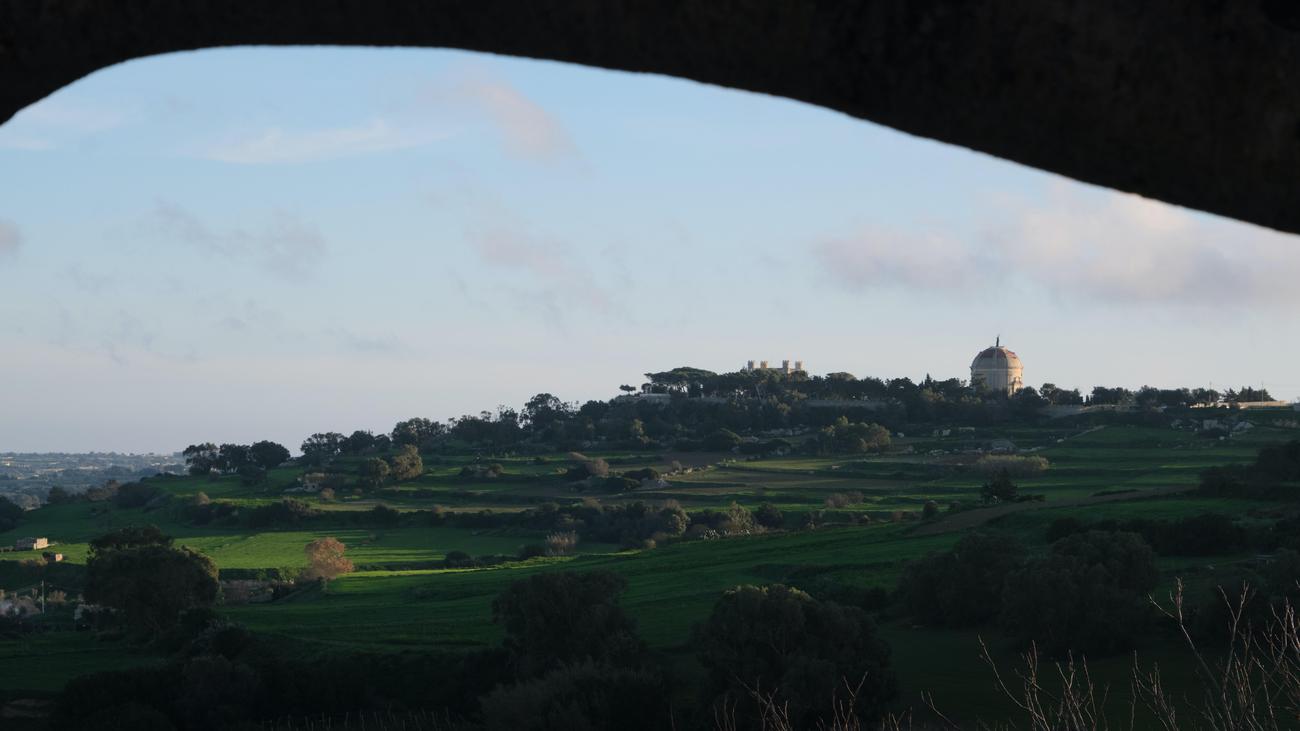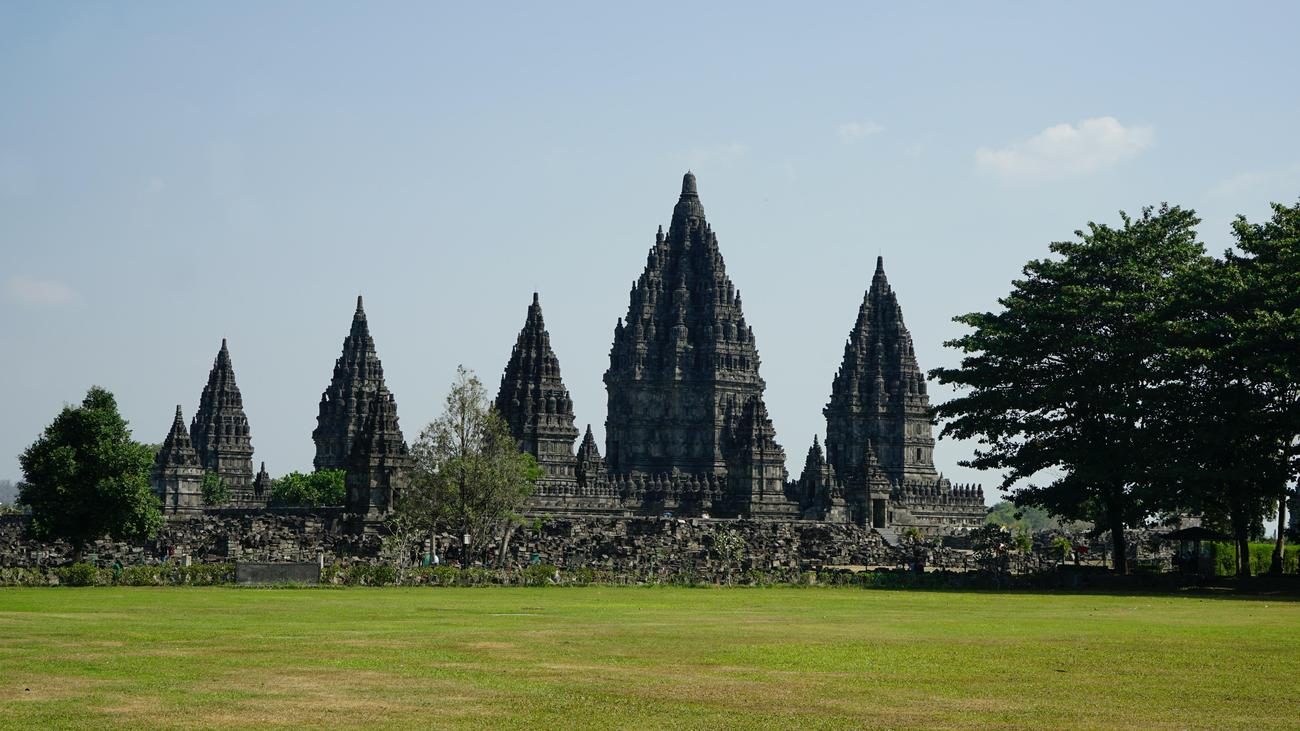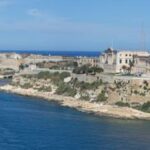Welcome to a captivating journey through the rich history of Malta! In this article, we will delve into the fascinating historical facts that make this Mediterranean island a treasure trove for history enthusiasts. From its ancient civilizations to its intriguing medieval era, Malta has a captivating past waiting to be discovered. As an experienced historian and travel enthusiast, join me as we uncover the untold stories and unearths the secrets of Malta’s captivating history.

Historical Facts About Malta
Malta: A Journey Through Time
Malta, a small island nation in the Mediterranean Sea, holds a rich history that stretches back thousands of years. From its geological formation to its political developments, the story of Malta is a captivating one. Let’s delve into some of the fascinating historical facts about this enchanting island.
1. A Hidden Connection to Italy
During the last Ice Age, Malta was not an island but a high mountain connected to Italy by land. Can you imagine the vast landmass that Malta would have been back then? It’s incredible to think that this tiny island once had such a different landscape, shaped by the dramatic forces of nature. A journey through Malta’s history starts even before it was an island: a journey through time and space.
Imagine Malta as a towering mountain, standing tall and united with Italy. It’s a mesmerizing thought that adds another layer to the island’s captivating story.
2. Arab Rule: A Mark on Malta’s History
From the 9th to the 11th century, Malta was ruled by the Arabs. During this period, the Arabs left an indelible mark on the island’s culture, language, and architecture. The language spoken in Malta, known as Maltese, bears witness to this Arab influence. It has evolved from a Semitic language mixed with Italian, French, and English. This fascinating linguistic fusion is a testament to the island’s complex historical tapestry.
The Arab rule in Malta not only shaped its history but also left a legacy that lives on through the island’s vibrant culture and unique language.
3. British Colonial Rule and Independence
In 1814, Malta became a British colony, marking the beginning of a new chapter in its history. British colonial rule brought significant changes to the island, including improvements in infrastructure and the establishment of a modern legal system. The influence of the British is still visible today, from the red phone booths scattered around the island to the enduring popularity of afternoon tea.
Malta gained its independence from British rule in 1964, becoming a sovereign nation. This marked a turning point in its history, as it embarked on a journey of self-governance and the development of its own identity.
Malta’s colonial past bears witness to the island’s ability to adapt and evolve, while its independence showcases the resilience and determination of its people.
4. Valletta: Europe’s First Planned City
Valetta, the capital of Malta, holds a prominent place in history. It is Europe’s first planned city, designed in 1565 by the order of St. John. The city’s layout was carefully crafted, with strategic fortifications and impressive baroque architecture. Walking along Valletta’s streets feels like strolling through a living history book, where every corner tells a story of the past.
Valletta’s meticulously planned design takes you on a journey back in time, showcasing the architectural genius of its creators and the rich heritage of the island.
5. Megalithic Marvels
Malta is home to 11 Megalithic monuments, dating back to around 5000 BC. These ancient structures, such as the temples of Ġgantija and Ħaġar Qim, are older than the pyramids of Egypt and Stonehenge. They stand as a testament to the ingenuity and advanced engineering skills of Malta’s early inhabitants. These colossal stone structures continue to captivate visitors with their timeless beauty and mysterious allure.
The majestic Megalithic monuments of Malta are a window into the ancient world, offering a glimpse into humanity’s early achievements and the island’s profound historical significance.
6. A Modern Journey: Malta in the EU
In 2004, Malta joined the European Union, further shaping its history in the modern era. This decision opened up new possibilities and opportunities for the island, strengthening its ties with other European nations. In 2008, Malta adopted the Euro as its official currency, solidifying its integration into the European economy.
Malta’s entry into the EU and its adoption of the Euro exemplify its commitment to embracing the future while preserving its unique historical heritage.
As we traverse the historical landscape of Malta, it becomes evident that every step taken through its rich history reveals captivating tales and landmarks that connect us to the past. These historical facts about Malta shed light on the island’s journey, from its geological formation to its ancient civilizations, from the influences of Arab rule to the legacy of British colonialism, and from the architectural marvels of Valletta to the ancient Megalithic monuments that stand as silent witnesses to Malta’s enduring legacy.
So, step into the world of Malta’s captivating history, where each artifact and story invites you to unravel the mysteries of the past. Discover the beauty and complexity of this enchanting island, and let history come alive as you delve deeper into its fascinating tapestry.
“The more we uncover Malta’s historical secrets, the more we realize the profound impact it has had on the course of human history. Every brick, every inscription, and every story from this island unravels a captivating tale that connects us to our past.”
Malta, a tiny island nation in the Mediterranean Sea, is packed with fascinating history, stunning architecture, and breathtaking landscapes. If you’re someone who loves exploring new cultures and soaking up knowledge about different destinations, you won’t want to miss out on the interesting facts about Malta. From the ancient temples of Mnajdra and Ħaġar Qim to the Knights Hospitaller’s influence on the country, Malta is a treasure trove of intriguing stories from the past. To uncover these hidden gems and learn more about Malta’s rich heritage, click here: interesting facts about malta. Prepare to be amazed by the wonders that await you!
Historical Facts About Malta
If you’re a history enthusiast, prepare to be amazed by the rich historical ruins in Malta. This tiny Mediterranean island is home to a treasure trove of ancient civilizations. From magnificent temples to awe-inspiring megalithic structures, the historical ruins in Malta will transport you back in time. Explore the mysterious ancient civilizations in Malta and uncover their secrets, legends, and architectural wonders. Immerse yourself in the fascinating historical events that have shaped this beautiful island nation. Discover the intriguing stories behind these remarkable sites and experience the allure of Malta’s past. Embark on a journey of discovery and unravel the mysteries of historical ruins in Malta!
To learn more about the historical ruins in Malta, click here: Historical ruins in Malta
Unearth the secrets of ancient civilizations in Malta by clicking this link: Ancient civilizations in Malta
Experience the allure of historical events in Malta by clicking here: Historical events in Malta

FAQ
Question 1: What is the geological history of Malta?
Answer 1: Malta has a fascinating geological history. During the last Ice Age, it was a high mountain connected to Italy by land. Over thousands of years, geological processes shaped the island as we know it today.
Question 2: Who ruled Malta in the past?
Answer 2: Malta has been ruled by various civilizations throughout history. From the 9th to the 11th century, it was under Arab rule. Later, it became a British colony in 1814 and gained its independence in 1964.
Question 3: What is significant about Valletta, Malta’s capital?
Answer 3: Valletta, Malta’s capital, holds immense historical importance. It is the first planned European city, designed in 1565 by the order of St. John. Its unique layout and architectural features make it a captivating destination for history enthusiasts.
Question 4: What are the ancient historical sites in Malta?
Answer 4: Malta is home to 11 Megalithic monuments, dating back to around 5000 BC. These ancient structures, such as the temples of Ħaġar Qim and Mnajdra, provide valuable insights into Malta’s prehistoric civilizations.
Question 5: When did Malta join the European Union?
Answer 5: Malta joined the European Union in 2004, marking a significant milestone in its modern political history. In 2008, it adopted the Euro as its currency, further strengthening its ties with Europe.
“`json
“`
Note: The above FAQs and JSON-LD schema are based on the context provided about Malta’s history.
















